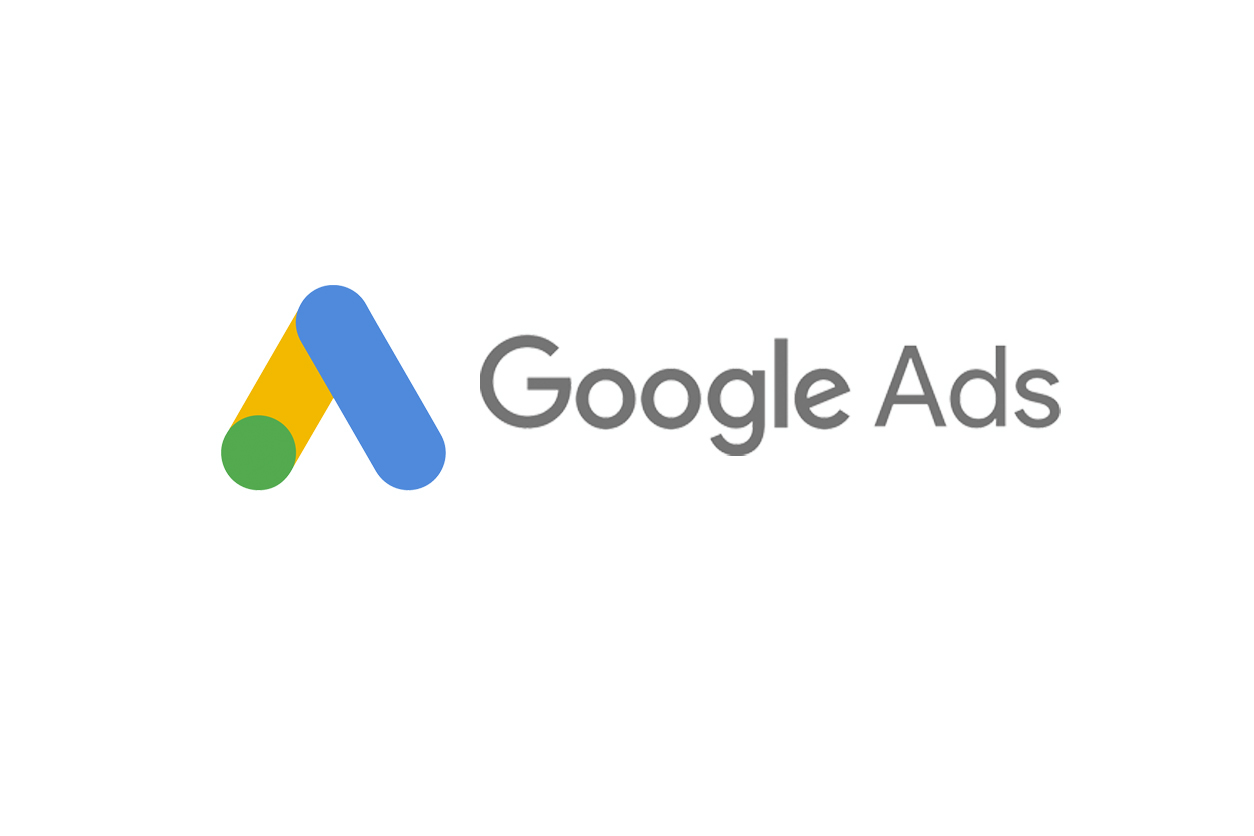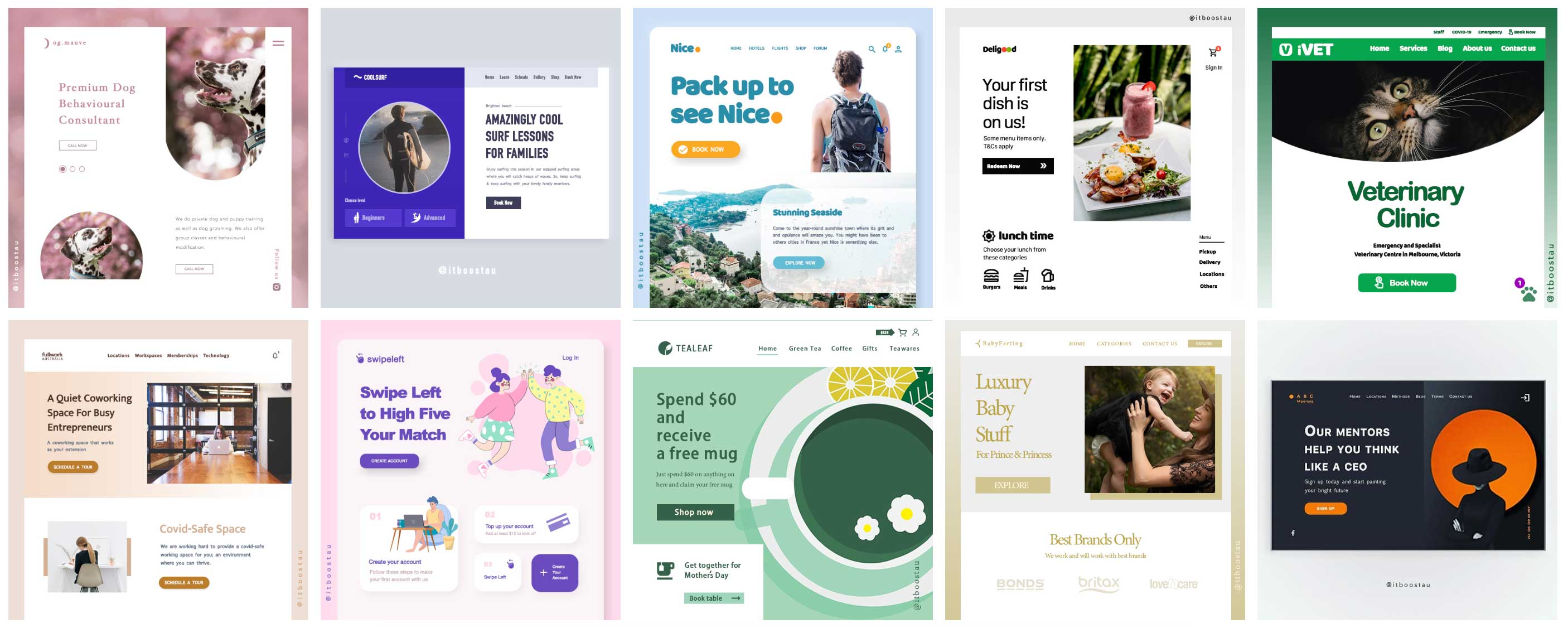How 5G Will Affect Website & Mobile App Development

Last updated: 2021-03-29
With the 5G revolution already started, it’s predicted that more than 1.4 billion devices will connect to the 5G network by 2021. This gives website and app developers a hint that they should adapt their skills and apps to this upcoming wave of technology as soon as possible.
How fast is 5G?
Before diving into the impact of 5G on the website and mobile app development, let's first understand What is 5G. One of the best ways of getting familiar with emerging technology is by looking at its history. So, let's go quickly through the 5G predecessors, which are 1G, 2G, 3G, and 4G.
1G (Analog)
Launched in the early to mid-1980s, 1G was the first generation of mobile communication designed for making simple calls between mobile devices. The data transfer rate of 1G was about 1.9 kbit/second.
2G (GPRS)
A decade later the first digital mobile communication protocol was born. 2G was not only intended to be used for the voice transfer as well as Text-only SMS messages and internet connection with a maximum data transfer speed of 10 kbit/second.
3G (UMTS)
Introduced in 1998, 3G made a revolution in smartphone allowing user photos and videos and make video calls. For that, the third generation of wireless mobile technology offered a data transfer speed of a minimum of 200 kbit/s and a maximum of 14.7 Mbit/second.
4G (LTE)
Came into existence in 2008, 4G is the current standard in the wireless mobile technology that make data-intensive activities such as video conferencing, high-definition live media streaming possible offering data transfer speed up to 60 Mbit/second.
5G
5G, the next generation of the broadband cellular network that is planned to be a successor to 4G. The speed of the 5G mobile network will range from about 50 Mbit/second to over a Gigabit/second. The fastest 5G known as mmWave reported having a speed of 1.8 Gigabit/second.
How 5G is different?
Speed isn't the only thing that makes 5G far better and different than 4G, the fifth generation of the wireless mobile network is superior to the past mobile communication technologies in several aspects:
Low to Zero Latency
At the present, the 4G network works with a latency of 50 milliseconds. 5G cuts the average latency to just one second. Latency can be explained in words as a delay while browsing. Because users need to get the required outputs as soon as possible, latency is a factor that bothers users a lot. This means that users will experience less delay and enjoy more from browsing the web and mobile apps. The lower latency is very important in some applications such as AR/VR apps that are increasing in popularity day by day.
Higher Connection Density
Just like any other communication technology cellular network has limited bandwidth. So, the number of people who can connect at the same time to a network provider is limited and, as more users connect to a particular network the network speed decreases more.
While 4G can only accommodate 2000-3000 devices in an area of 38 square miles, more users can connect to the faster 5G network simultaneously. 5G network has the potential for more than 1 million connections within the same required area. This offers a great advantage for IoT(Internet of Things) mobile app developers.
Improved Accuracy
We are presently using a 4G network that requires the radio frequency of 30GHZ, which provides enough accurate position for most application but doesn't meet the expectation of some users in a long run. 5G offers a more precise location by using a shorter wavelength and 300GHZ frequency. Developers can use this to create a custom mobile app that uses the benefits of extra-precise GPS service.
Better Battery Life
Increased speed and reduced latency mean that mobile devices will consume less energy. As a result, 5G can extend the battery life of mobile and IoT devices up to 100% allowing people to use mobile web apps for a long time. That will eventually benefit app developers.
New Use Cases
The unique features of the fifth-generation mobile network including almost zero-latency, light-fast speed and enhanced positioning system opens a whole new world of use case that was impossible with 4G. Some new potential uses of 5G are:
- Industrial IoT
- Cloud AR/VR
- Remote Machinery Control
- Connected Automotive
- Wireless eHealth
- Smart Cities
Impact of 5G on Mobile App Development
Media-rich User Experience
With outstanding speed and improved bandwidth, 5G will elevate mobile and web user experience to the next level. With the help of 5G developer will be able to bring the media-laden experience currently limited to desktop apps to the web and mobile. Streaming audio and video through the mobile network will be accomplished without any delay or pause turning web and mobile apps into a more enjoyable experience.
Faster File Transfers
With the emergence of HD and 4K videos as well as high-resolution camera systems user, today need to store and transfer more bulky files increased too. 5G proved to be the best response for this trend offering a very fast transfer rate as well as near-zero delay. With the help of 5G, users will be able to send and receive Gigabytes of data such as 4K or 360° video in a blink of an eye.
Less Dependency on Hardware
It's no coincident that the introduction of 5G is accompanied by the surge in the use of cloud-based services. The ultrafast connection offered 5G means real-time blazing fast communication between devices. Therefore, users can send and receive data from cloud storage and services without delay which allows most computation to be performed on the cloud infrastructure. Therefore, thank 5G, apps will rely less on the processing power of the smartphone.
Growth of Navigational Mobile Apps
An improved positioning system brought about by 5G will contribute to the rise of navigational app development. Predictably, high-quality and uninterruptable communication will benefit the tourism industry too. For example, developers will be able to provide the exact geolocation in conjunction with a bunch of 4K videos and images.
First-class 3D Models
The arrival of 5G will revolutionize the world of 3D models and give a boost to immersive augmented reality. Benefiting from the advantages of the new, 5G network use will be able to create realistic 3D models and use top-notch printers to create quality 3D models of objects. This printed artifact can be used by multiple industries such as spanning from education, construction to e-commerce. For example, a home décor business can utilize virtual reality and a 5G network to show customers how different types of furniture would look like in their interiors before they make a purchase decision.
Personalised Chatbots
While Chatbots still have a long time to fully replace human, synergy between artificial intelligence and 5G will lead to the creation of better and smarter chatbots. Also, the release of 5G internet will help the development of Tactile Internet in which users can control devices using the haptic feedback from state-of-the-art machines.
The bottom Line
In a nutshell, due to its blazing fast speed, near-zero latency and enhanced bandwidth, the 5G mobile network not only will bring peace of mind for users but will also open a new world of opportunities for web and mobile apps. So, let's fasten your seatbelts for the next revolution in the digital world.







